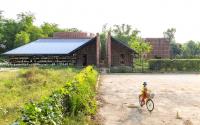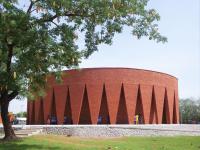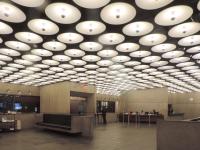Kaku Kaku Kanaderu
Japan
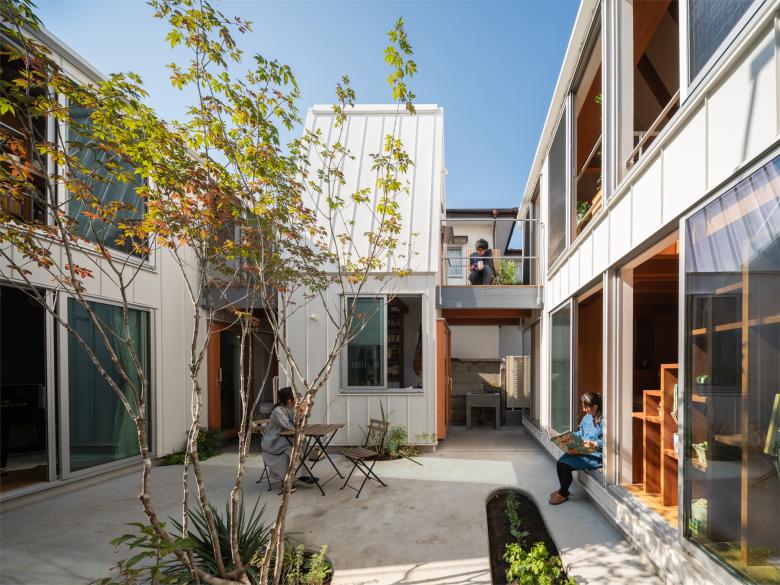
A Small Village Where Each Person Has Their Own Building
In a family of three, each member is engaged in creative activities: the husband is a screenwriter, the wife is an illustrator, and the daughter plays the piano daily for contests and concerts. When designing their home, the concept was to create individual buildings suited to each person's creative pursuits, rather than traditional rooms within a house.
Thus, the design included four separate buildings: one for each creative activity and another for communal spaces such as the living room, dining area, kitchen, bedroom, and utility areas. These buildings encircle a central courtyard, which serves as a flexible space where each family member can freely engage in their activities—whether it be the daughter studying, the husband writing scripts, or the wife working on illustrations.
The four buildings are connected via second-floor terraces, creating a looped and three-dimensional flow that fosters a sense of connectivity and movement around the courtyard. This arrangement allows for a variety of spaces and choices for activities. Each building features planted areas where family members can choose and grow their own plants, similar to owning individual trees in a village or settlement. The light and breeze that enter through the openings of each building enhance the feeling of connection and attachment to the plants and the environment.
The incorporation of vegetable gardens, workspaces, and study areas within the courtyard extends the living experience beyond traditional boundaries. The husband engages in writing, the wife in illustration, and the daughter in playing music. By arranging individual buildings for these non-daily activities, the design embodies the essence of a small village within a single house.
While it may not be feasible for one architect to design an entire village, the intent to achieve a village-like quality within this home is evident. The family now participates in community activities, forming a local group called "Keizan Kai," which organizes events such as flea markets in front of their home.
Scale
Number of Floors: 2 above ground
Eaves Height: 5,078 mm Maximum Height: 8,560 mm
Site Area: 160.74 m²
Building Area: 83.27 m²
(Building Coverage Ratio: 51.81%, Permitted: 60%, including corner lot relaxation)
Total Floor Area: 137.24 m²
(Floor Area Ratio: 87.11%, Permitted: 100%)
1st Floor: 67.55 m²
2nd Floor: 69.69 m²
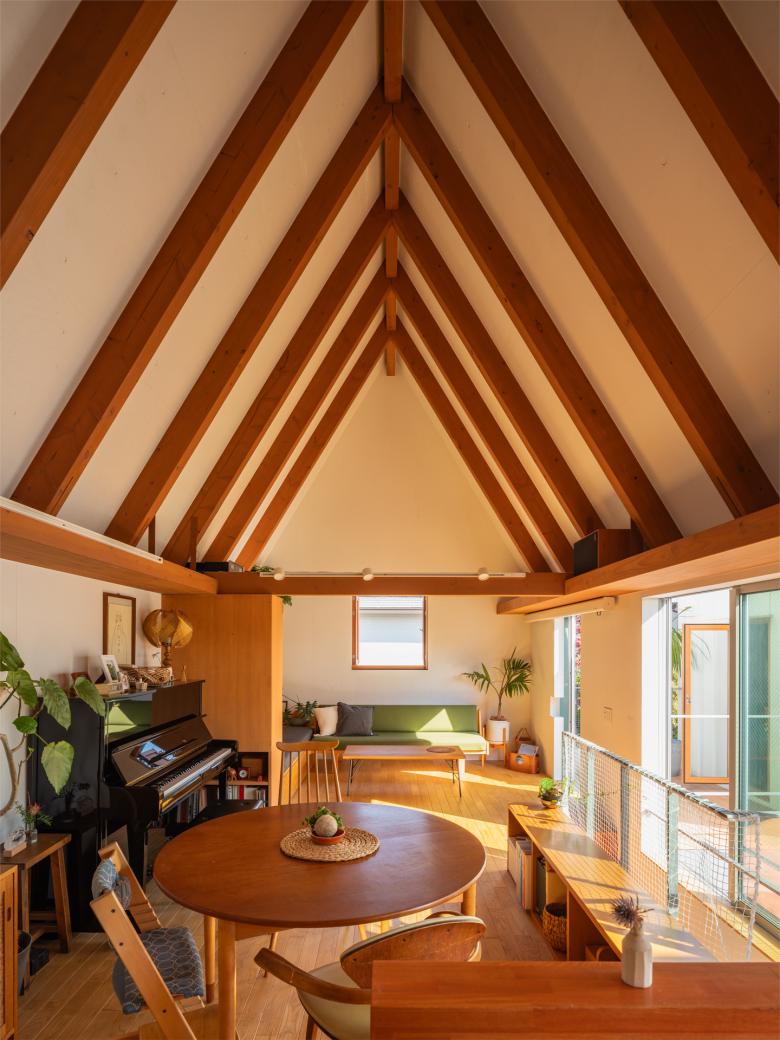

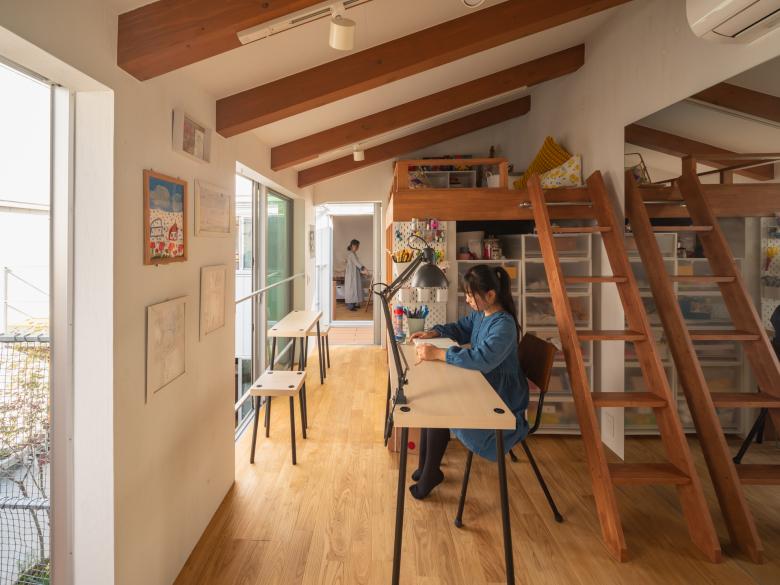
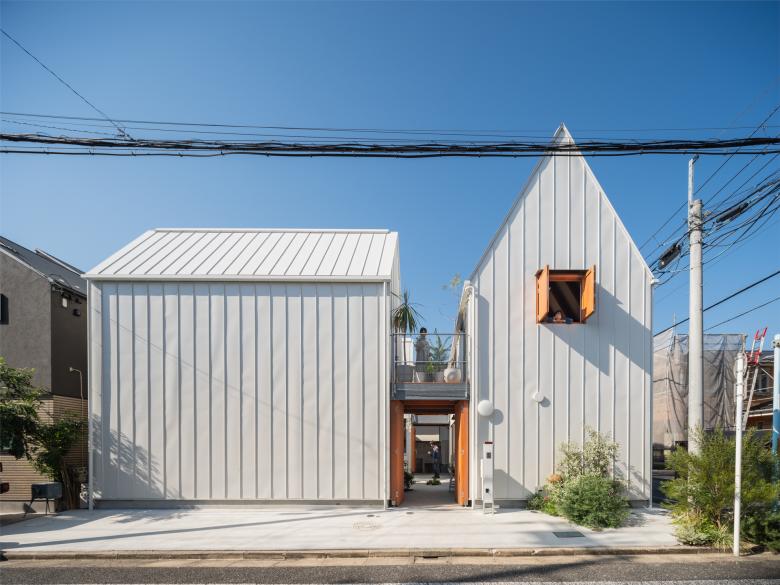
- Architects
- TAKESHI HOSAKA architects
- Localització
- Suginami Ward, Tokyo, Japan
- Any
- 2023
- Construction
- Uchida Sangyo Responsible: Yoshiya Uchida, Mitsuru Habuka, Takumi Aikawa








